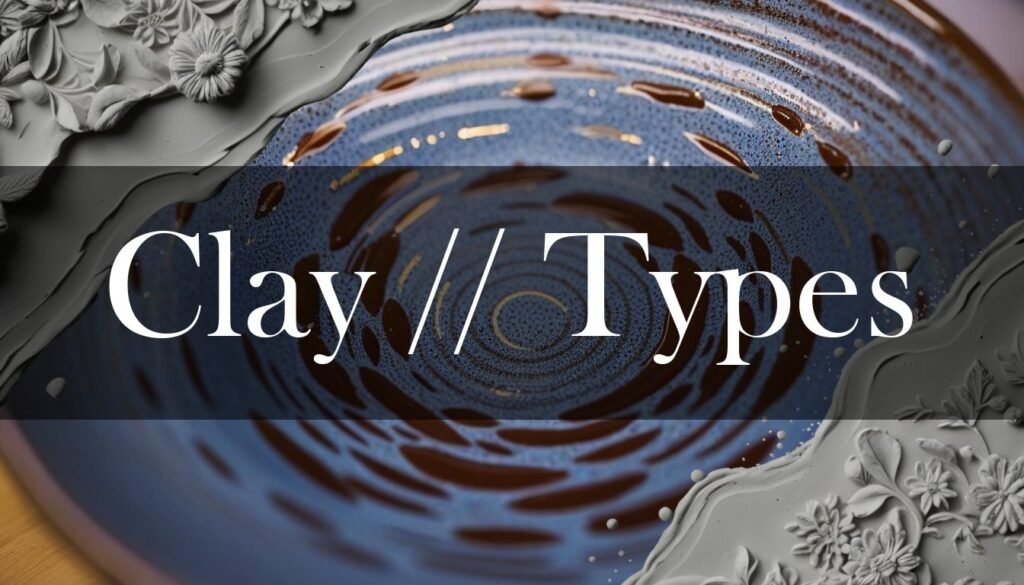Diving into the world of pottery, one of the first things you’ll discover is the incredible variety of clays available. Each type has its own personality, best suited for different kinds of projects and firing temperatures. Let’s explore the three main types: earthenware, stoneware, and porcelain, each offering unique qualities and possibilities for your ceramic creations. For more information, see this guide to clay types.
Earthenware is often where many potters begin their journey, and it’s easy to see why. This clay is incredibly versatile and relatively easy to work with, and it typically fires at lower temperatures, with bisque firing ranging between 1,650°F and 1,940°F (900°C to 1,060°C) and glaze firing between 1,700°F and 2,100°F (925°C to 1,150°C). This makes it an economical choice, as you won’t need to crank your kiln up to the highest settings. One of the defining characteristics of earthenware is its porosity. Because it doesn’t fully vitrify during firing, it remains somewhat absorbent, meaning glazing is essential to make your creations waterproof. This clay is perfect for projects like decorative tiles, planters, and colorful tableware. Earthenware clay often contains iron and other mineral impurities, resulting in colors like red, orange, yellow, and light gray when fired. Think of the warm, rustic feel of traditional terracotta pots – that’s earthenware at work. Just remember, it’s a bit more fragile than other clays, so handle your pieces with care.
Next up is stoneware, the dependable all-rounder of the clay world. Fired at higher temperatures, between approximately 1,100°C and 1,300°C, stoneware becomes incredibly durable and non-porous. This makes it an excellent choice for functional pottery like mugs, bowls, and dinnerware – items you’ll use every day and want to last. The higher firing temperature ensures that stoneware becomes vitreous, meaning it is non-porous and won’t absorb water. Stoneware’s robust nature also makes it a favorite for sculptural work. The clay’s strength allows you to create pieces that can withstand the test of time, both in form and function. The mineral composition of stoneware includes kaolinite, quartz, and mica, with a high content of iron oxide, contributing to its strength and durability.
“Stoneware’s versatility and durability make it a staple for both functional and artistic pottery.”
Finally, we have porcelain, the elegant and refined member of the clay family. Fired at very high temperatures, typically between 1,200°C and 1,400°C, porcelain transforms into a material that is both strong and translucent. Working with porcelain can be a bit more challenging due to its low plasticity – it requires a delicate touch and a steady hand. However, the results are well worth the effort. Porcelain is ideal for creating delicate, high-end pieces like fine china, intricate sculptures, and elegant lighting fixtures. The purity of kaolin imparts a bright white color to porcelain, which serves as an excellent canvas for various decorative techniques. The vitrification process enhances porcelain’s mechanical strength, making it more durable than other ceramic types, allowing for the creation of thin-walled pieces that are still robust. When held up to light, thin porcelain exhibits a characteristic translucency, adding to its aesthetic appeal. If you’re interested in more technical aspects, check out this article on clay body formulation.





